Canada’s public accountability for airstrikes it carried out in Iraq and Syria until the new Liberal government withdrew its fighter jets in February 2016 set a benchmark for other countries to follow, says an international nongovernmental organization that tracks civilian casualties caused by aerial bombardment.
But Ottawa could do a much better job of monitoring and investigating allegations of civilian casualties caused by Canadian airstrikes, says a newly released report by the London-based Airwars.
According to figures released by National Defence, from October 2014 to February 2016, Canadian CF-18 fighter jets conducted 251 airstrikes and dropped 606 munitions on targets in Iraq and Syria under Operation IMPACT, Canada’s contribution to a U.S.-led coalition fighting so-called Islamic State.
Airwars director Chris Woods said the report looked at all 13 countries that made up the anti-ISIS coalition to try to understand what levels of public accountability there were among the different members of the coalition and what it meant for the public’s ability to discern who was responsible for civilians being killed, as well as to hold the various militaries accountable.
“For Canada to a significant degree it’s a good story,” said Woods, the lead author of the report entitled Limited Accountability: a transparency audit of the Coalition air war against so-called Islamic State. “Of 13 partner nations we assessed, Canada is the most transparent and publicly accountable for its actions.”
(click to listen to the full interview with Chris Woods)
ListenSetting a benchmark
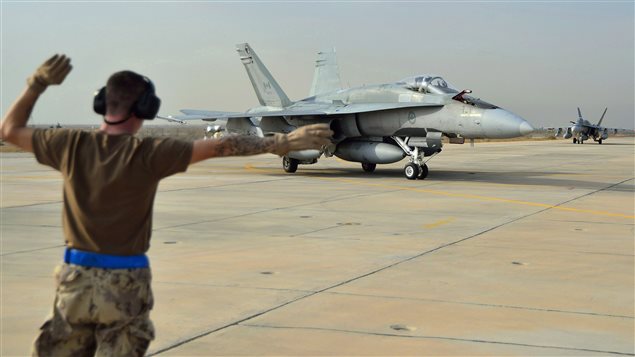
Canada beat the UK for the top spot because unlike the UK, which posted weekly updates on its bombing campaign, Canadian Armed Forces reported their airstrikes “pretty much as they happened,” Woods said.
“Canada set a real benchmark for other allies in terms of public transparency for its actions,” Woods said. “And crucially that meant we could check Canada’s claims against the public record.”
This meant, for example, that if there were an allegation of civilians killed in a town in Iraq, Airwars investigators could see almost immediately whether Canada might have been involved in that incident, Woods said.
“Sadly other partners in the coalition, including major democracies like the Netherlands and Australia, were not reporting at all where their airstrikes were taking place,” he said. “We’ve often gone to other partners in the coalition and said, really, we think you should be doing it the way Canada has been. Canada has set a standard you could follow here.”
‘Statistical improbability’
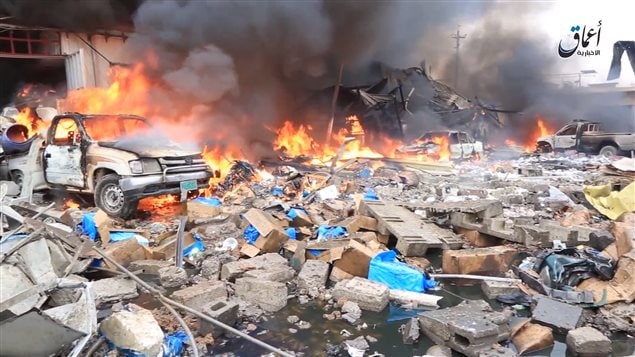
At the same time, the report questions the Canadian claim that its airstrikes did not cause any civilian casualties, saying statistically, given the number of airstrikes and significant reports of civilian casualties from Iraq and Syria, that’s highly improbable.
“Canada is among all the other allies and Russia bombing in Iraq and Syria claiming that its bombs somehow miraculously only kill the bad guys,” Woods said. “I’m afraid we don’t think that matches the reality of modern aerial warfare.”
- Canada denies allegations its airstrike killed civilians in northern Iraq
- Canada blamed for lack of rigour in investigating claims of civilian casualties in Iraq
Even in modern conflicts, using precision weapons and well-trained Western personnel, you can expect one civilian to be killed for every 10 or 12 airstrikes, Woods said.
“The best that Canada can say that it was unaware of any civilians killed by its action,” he said. “But I think that really comes back to the problem of these air-only wars, which can’t often see from the air the reality of the effects of bombs and missiles on the civilians on the ground.”
Airwars calls on CAF to examine its internal monitoring processes, in order to assess whether it is accurately tracking likely civilian deaths from the air, the report said.
New realities
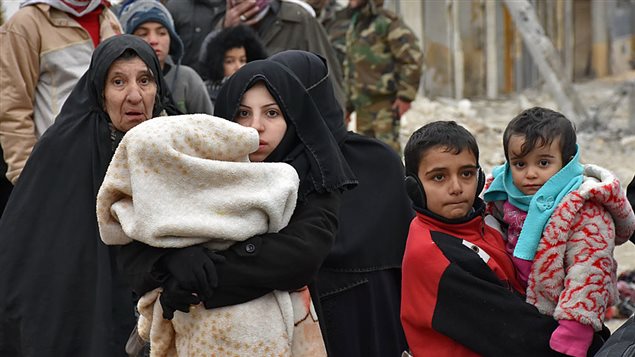
Only the United States has admitted to civilian casualties after 28 months of war, with 173 deaths conceded, even though the real figure could be much higher, the report said.
“I think traditionally militaries have been uncomfortable disclosing details of the civilians they killed,” Woods said. “Those stories don’t play well back home, they don’t play well in the countries they are fighting in.”
But 21st century technologies such as smartphones and social media are changing that, giving the nameless civilian victims a voice.
“The amount of information coming off a battlefield today from the perspective of civilians is remarkable,” Woods said. “We know the names of hundreds and hundreds of civilians likely killed by the coalition. We know their names, their gender, the circumstances in which they died, they are no longer anonymous.”
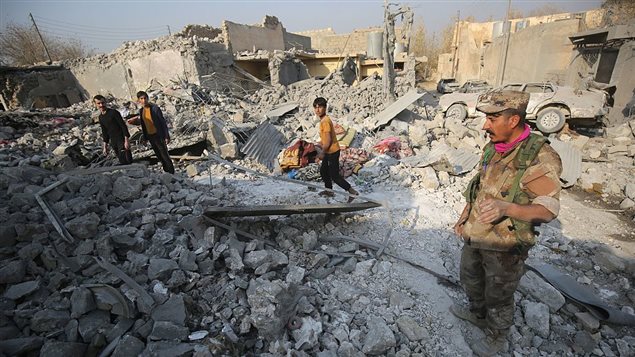
The challenge for militaries is to understand that their denial of having killed civilians or their poor monitoring mechanisms have to measure up to this new technological and digital environment, which allows civilians to tell their own stories and often contradict the official narrative, Woods said.
“I would say to their credit the Americans are moving quite significantly in that direction at the moment, under the Obama administration,” he said. “We’ve seen some key changes by the Americans opening up on transparency around civilian deaths. Whether that survives into the new Trump administration remains to be seen.”
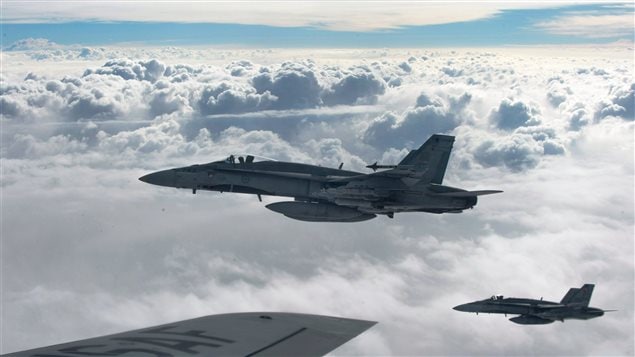






For reasons beyond our control, and for an undetermined period of time, our comment section is now closed. However, our social networks remain open to your contributions.